Car accidents happen, exposing you to damage that could take a toll on your finances. You’ll need an excellent car accident lawyer to help protect your rights in such instances, including getting compensation for damages sustained. Yet, alongside your attorney, you must establish who is liable for the car accident. Various parties could be liable, including the car manufacturer, truck loaders, driver, and pedestrians. Here are a few insights into each party.
Car Manufacturer
A car manufacturer is liable for a car accident if the vehicle is considered defective. However, the defectiveness must be beyond the control of the driver or car owner. The issue must fall squarely on the manufacturer and the engineering process.
Various issues could be traced back to the manufacturer. They include random acceleration or deceleration, defective tires, faulty computers, and defective brakes. A poorly designed wheelbase and a faulty axle could also raise questions.
Suppose the manufacturer marketed the vehicle as safe and reliable. In that case, you can sue them for misleading advertisements. Any misleading information can result in an accident in the long run.
Driver
The driver is often the first person to bear liability. Various instances show that the driver was responsible for the accident. For instance, drunk driving makes the driver culpable. Different states consider driving under the influence a felony. This element attracts penalties such as a driving license suspension, and a jail term. Fortunately, you have the right to ask for restitution and damages from this individual.
Reckless driving, aggressive driving, and absolute negligence will also make the driver liable. While reckless driving is considered a crime, negligence and improper driving are categorized as civil cases. In either case, the driver is held responsible for any damage caused.
Car Owner
The car owner could also be held responsible for an accident. However, this will only suffice in specific instances. For example, the family car doctrine indicates that parents must be confident in their children’s driving abilities before entrusting them with car keys. If an accident happens, the parents will be responsible.
Negligent entrustment might also suffice. It happens when the owner entrusts an unsuitable third party with their vehicle. Unsuitable parties include people under the influence, inexperienced individuals, and underage persons.
Negligent maintenance is yet another doctrine that holds the car owner responsible for a car accident. In this case, you’ll need to prove that the car owner failed to perform maintenance service on the vehicle. Ideally, you will have to establish that the owner failed to make necessary vehicular repairs, warn the driver about the potential issues, or did not complete repairs accordingly.
Employer
Corporate liability arises when the driver uses the vehicle for work. In this case, you will need to prove that the employer failed to play their role in maintaining the vehicle. For instance, poor vehicular maintenance will likely cause car accidents. A company that does not maintain or service its vehicles exposes its employees to a significant danger.
Further, dangerous corporate policies could increase the risk drivers face on the road. For example, some companies might force their drivers to speed, increasing the risk of getting into an accident. Pushing or forcing a driver to do so translates to corporate irresponsibility. An excellent lawyer will help establish such liability, ensuring that you get fair compensation.
Pedestrian
A pedestrian could also be liable for a car accident. Negligence, failure to acknowledge traffic signs, and failure to live up to their duty of care will often contribute to the accident. As you look forward to initiating a lawsuit, you must understand the parties responsible for the accident. The information above will help you understand this better.



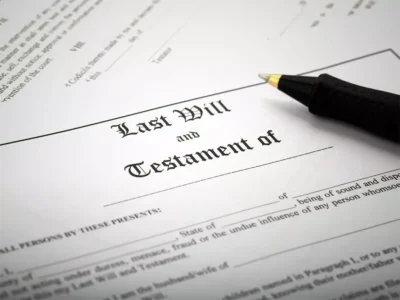

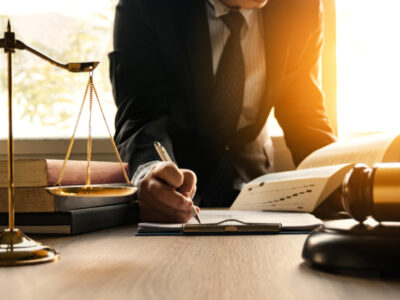
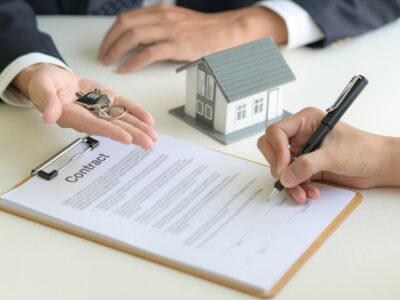
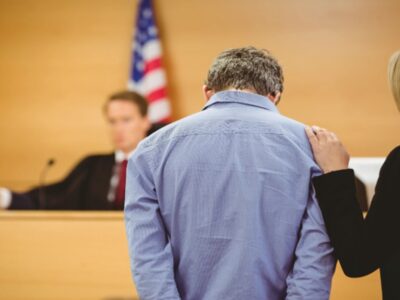
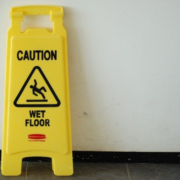
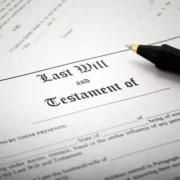

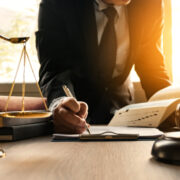
Comments